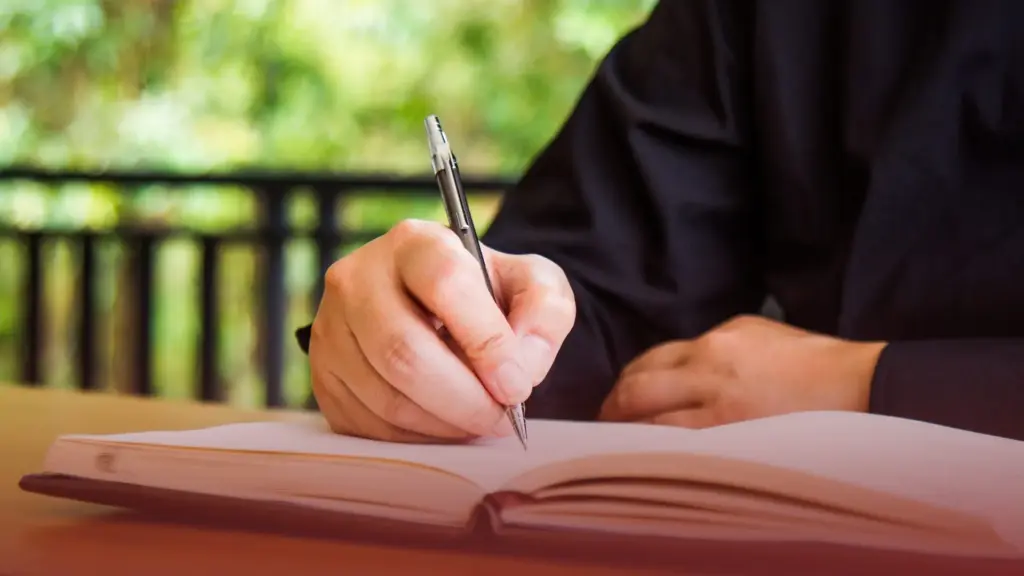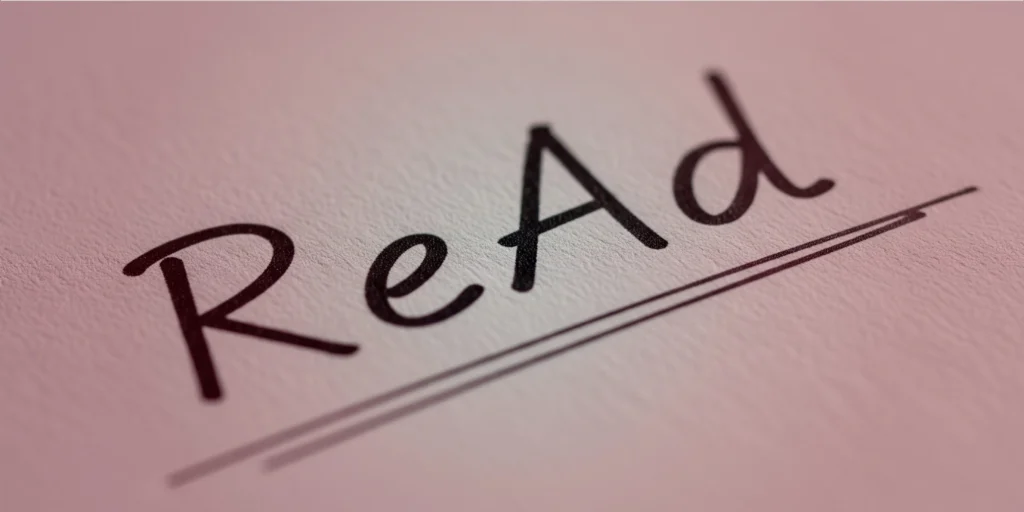There are several ways to read handwriting. Including small details such as the size, slope, and pressure of the writer’s pen. This can convey something about the personality of the writer.
Although not an exact science, handwriting analysis can provide insight into emotional tendencies, self-confidence levels and how a person interacts with the environment around them. Understanding this can help us better understand the character of others in personal and professional relationships.
Here are some of the main aspects to consider in reading someone’s character from their handwriting.
1. Font Size (Middle Zone)
The first way to read handwriting is from the size of the font. The font size is related to the writer’s social interest. The larger the font size, the greater the social interest (towards extrovert).
If the size tends to be large, the writer has a healthy self-attitude in viewing and assessing himself, and feels comfortable with others. Conversely, if the font size is small, the writer’s social interest is not too high, and tends to be introverted. More comfortable when alone than with others.
2. Writing Slant
- Slant to the right (>110°): responsive to emotional stimuli, emotions are easily aroused, easy to express emotions/feelings, quite easy to be prejudiced (subjective) towards other people, places, things, etc. If the level of extreme tilt, it can indicate impulsive, easily involved in very emotional situations, decision making is more based on the writer’s experience than on objective facts.
- Upright/Vertical (Around 91-110°): Quite objective in responding to one’s own feelings, able to express one’s feelings ‘rationally’ (controlled). Has a good balance between emotion and reason. The writer is usually calmer when facing certain situations. The behavior shown may be emotional, but the writer tries to stay controlled.
- Tilted to the left (<90°): Tends to be an observer, less responsive to emotional stimuli, and tends to be closed in terms of feelings. Full of consideration to show one’s own feelings.
3. Handwriting Pressure
- Strong pressure: High physical energy and high vitality. More comfortable with physical activity.
- Thin/light pressure: Vitality energy is not too great, tends to get tired easily, does not like high physical activity, and tends to be sensitive, tolerant, spiritual, adaptable, forgiving. Also related to feelings that are easily ‘changed’.
- Normal pressure: Balanced, calm, able to control energy well and quite energetic.
How do you know the pressure in someone’s handwriting? You can feel it (underneath), look at the strength index, or use a pressure pad test.
4. Letter Shape
- If relatively round (fluid): Emotions play a greater role in making decisions. Because they tend to be emotional, people with this type of letter shape can easily touch other people’s feelings and establish new social relationships.
- If predominantly angular: Logic plays a greater role, orientation towards thinking. If followed by strong pressure, the writer tends to be brave and aggressive.
5. Signature Style
- Proportionality: The more proportional the signature is to the handwriting, the better the integration of the writer’s personality. The more disproportionate the signature is to the handwriting, it means that it is one of the signs of conflict within the writer.
- Negative strokes in the signature: One indication of the courage to present the writer’s self (the writer’s ideal self) well in the environment is that the writer dares to present themselves as they are.
- Lines at the bottom of the signature: Tends to be independent and the writer is able to rely on themselves and their own abilities.
- Clarity of signature: The writer understands themselves well and can present themselves as they are. Tries to communicate clearly without leaving room for misinterpretation. Knows their own strengths and weaknesses and wants to be understood by others.
The discussion above is a glimpse of some ways to read handwriting from 5 main aspects. For more details, visit the official website of KAROHS School and take a handwriting analysis course here. Get various interesting benefits and become a certified handwriting analyst!













